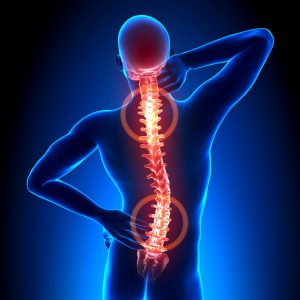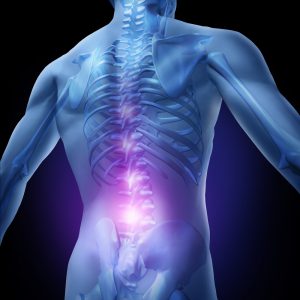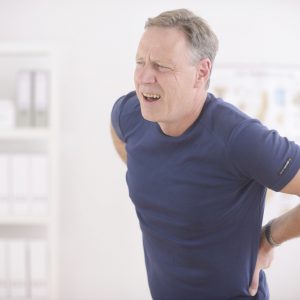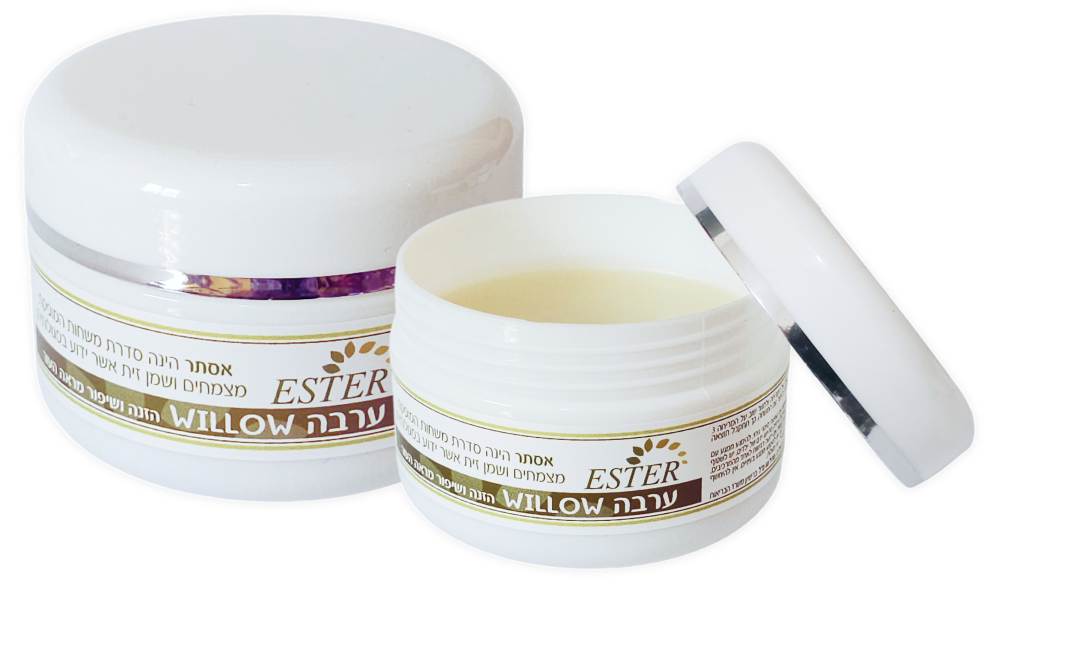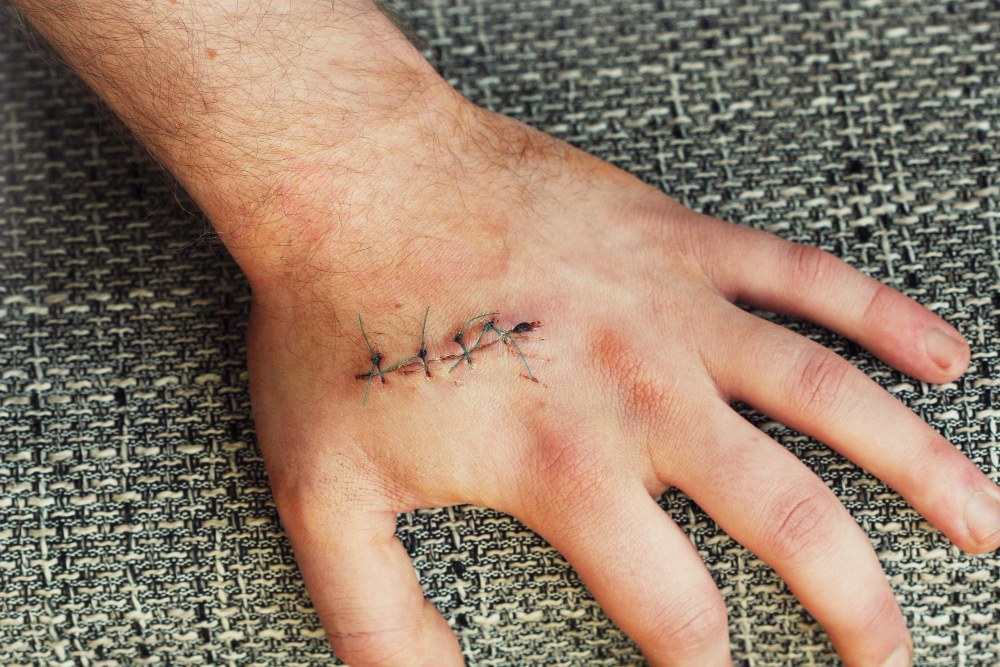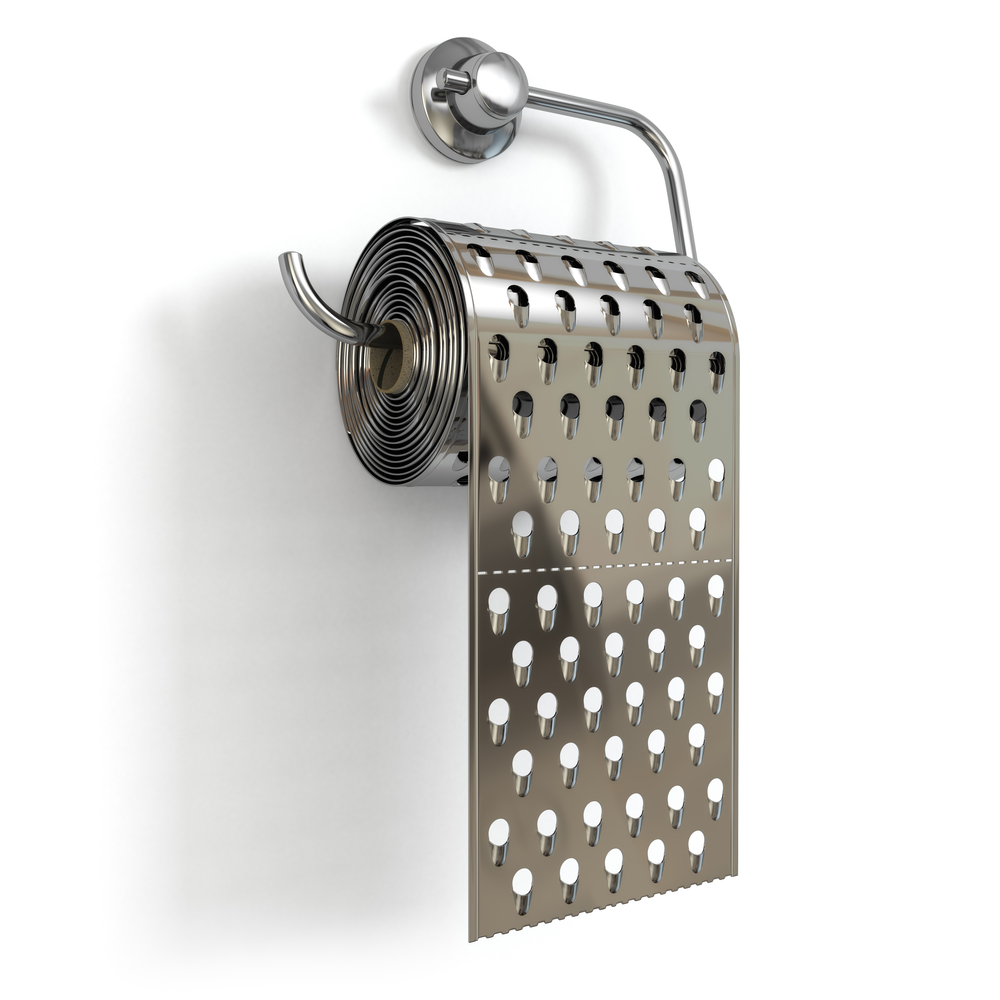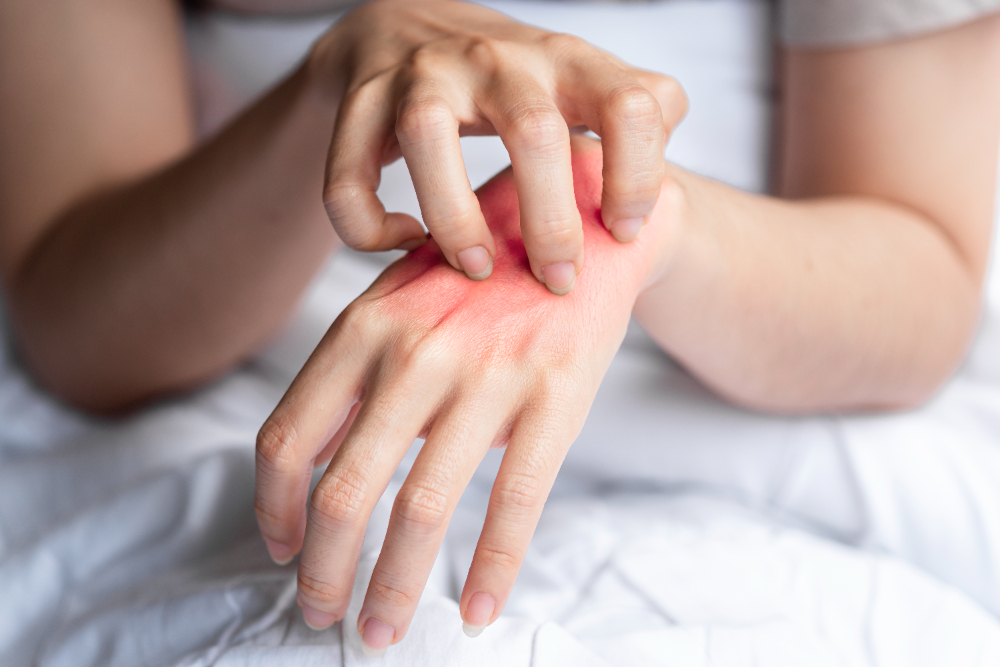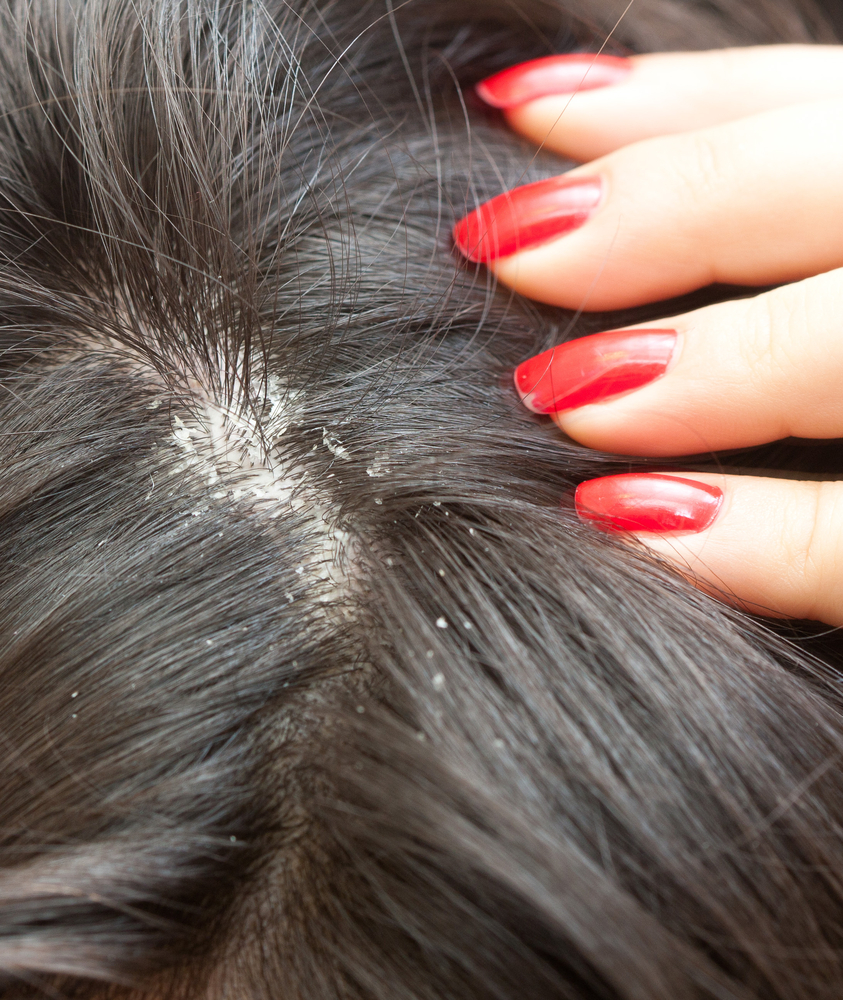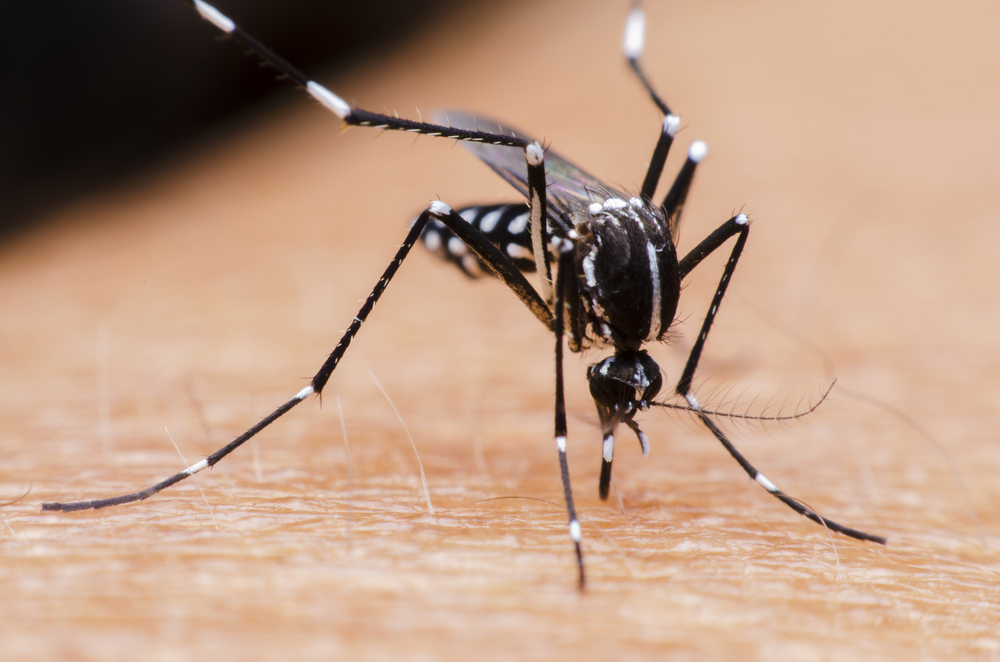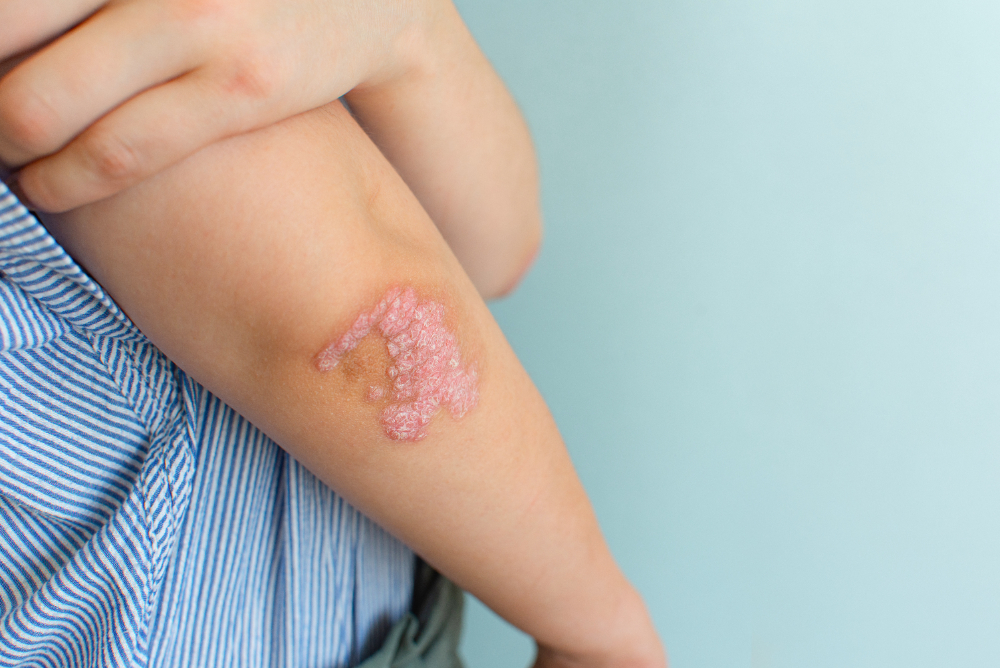Types of Back Pain
There are different types of back pain, including scoliosis. Scoliosis is a condition that even doctors sometimes struggle to explain. It is a deviation of the spine that causes it to take a shape similar to the letters C or S. People with this condition often have a noticeable difference in the height of their shoulders. It typically develops during adolescence, particularly during growth spurts.
Lower Back Pain – These are pains that occur below the ribcage and extend down to the buttocks. The pain often radiates to the legs or specific parts of the lower body.
Upper Back Pain – Unlike lower back pain, upper back pain usually results from issues with muscles, tendons, or ligaments. It may also stem from problems with the vertebrae or intervertebral discs.
Right-Sided Lower Back Pain – This type of pain may be caused by problems in the spine but can also be related to kidney issues.
Left-Sided Lower Back Pain – Similarly, pain on the left side of the lower back could be linked to kidney problems, and not necessarily issues originating in the back, or could involve other internal organs.
Stiff Back – Most often, this is caused by a soft tissue strain in the back, muscle spasms, or muscle tension.
Back Pain Treatment
Back pain can be extremely disruptive and affect your daily life. Various factors can contribute to these aches, and taking pain medications can help alleviate the discomfort. The main cause is often excessive strain on the spine, which usually leads to lower back pain. This typically occurs from prolonged standing or sitting, or generally from poor posture.
Another contributing factor is trauma to the back, which can damage its structure. Risk factors for back problems include genetics, age, pre-existing medical conditions, structural defects, and previous injuries. There are various treatments available to reduce or even eliminate back pain. A pain medication for back pain is typically used to relieve discomfort and will be prescribed by a doctor based on the symptoms. Whether it’s strong or mild pain, acetaminophen is commonly used, and if that doesn’t help, non-steroidal anti-inflammatory drugs (NSAIDs) may be prescribed. Ointments for back pain, especially those with a warming effect, can also provide relief, although their effectiveness is not always proven.
Three common treatments for back pain include:
- Osteopathy Treatment – This treatment involves slow, rhythmic stretches to activate muscles and joints, as well as applying pressure to them.
- Chiropractic Treatment – This approach works on the spine’s joints and is provided after an X-ray or MRI scan to ensure accurate diagnosis of the problem’s location.
- Physiotherapy – This method focuses on restoring movement capabilities through body exercises and strengthening the muscles that support the spine.
In addition, natural remedies for back pain can help reduce discomfort. Willow ointment, when massaged into the affected area, can be effective in easing pain.
Examples

